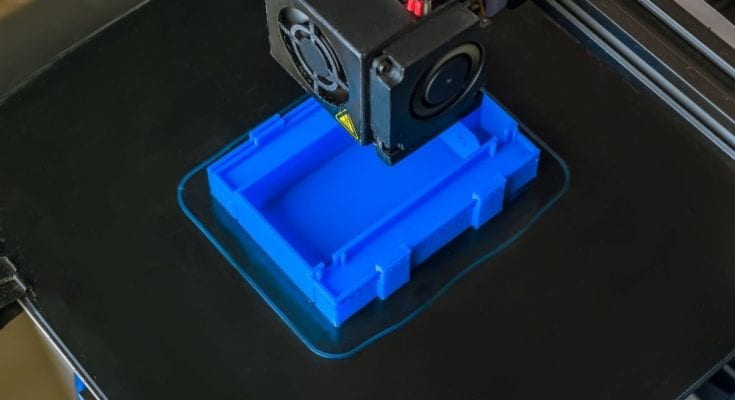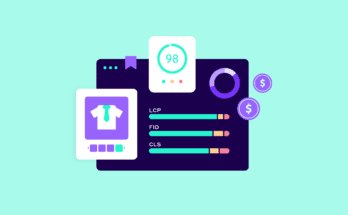The world of product development is changing. Companies have access to advanced software and technology that allows them to design and create new products faster than ever before. Graph paper sketches have evolved into virtual models. 3D printing replaced handmade prototypes. The market is full of fascinating inventions and methods for companies to use, but which industries benefit the most from these innovations? Learn more about the following industries that utilize rapid prototyping in their product development.
Why Rapid Prototyping?
Companies across the world take different approaches to product development. What sets rapid prototyping apart from other methods? There are many advantages to rapid prototyping, but speed and efficiency are the most obvious. With top-tier techniques like 3D printing, engineers can quickly make multiple physical models of their design. Companies then use these prototypes to streamline testing, tweaking, and perfecting. At the end of the day, rapid prototyping allows companies to turn their ideas into reality faster than ever before.
Automotive and Transportation
Automotive companies carefully test their parts and products before putting them on the markets. Millions of lives rely on the safety and durability of such products. Rapid prototyping makes this testing phase faster and easier, allowing companies to put higher quality products on the market in less time. Furthermore, rapid prototyping allows engineers to utilize a variety of materials. Plastic, metal, and more undergo design and testing. This helps professionals evaluate material properties and decide which materials can hold up against the necessary temperature, pressure, or impact requirements vehicles must meet.
Healthcare
Engineers who design medical equipment have a noble and crucial responsibility. When developing medical products, experts must ensure that the prototype is delicate enough to handle precision tasks while also durable enough to fulfill its duty. This is why the healthcare sector is among the industries that utilize rapid prototyping. From over-the-counter diagnostic tests to delicate surgical tools, rapid prototyping helps the healthcare industry develop necessary products for all kinds of patients. Material testing is also an important part of rapid prototyping in the medical field, as products must consist of materials that won’t react with the biological or chemical fluids they use.
FAQ
What is rapid prototyping?
What sets rapid prototyping apart from other methods? There are many advantages to rapid prototyping, but speed and efficiency are the most obvious. With top-tier techniques like 3D printing, engineers can quickly make multiple physical models of their design. Companies then use these prototypes to streamline testing, tweaking, and perfecting.
Additional Resources:



